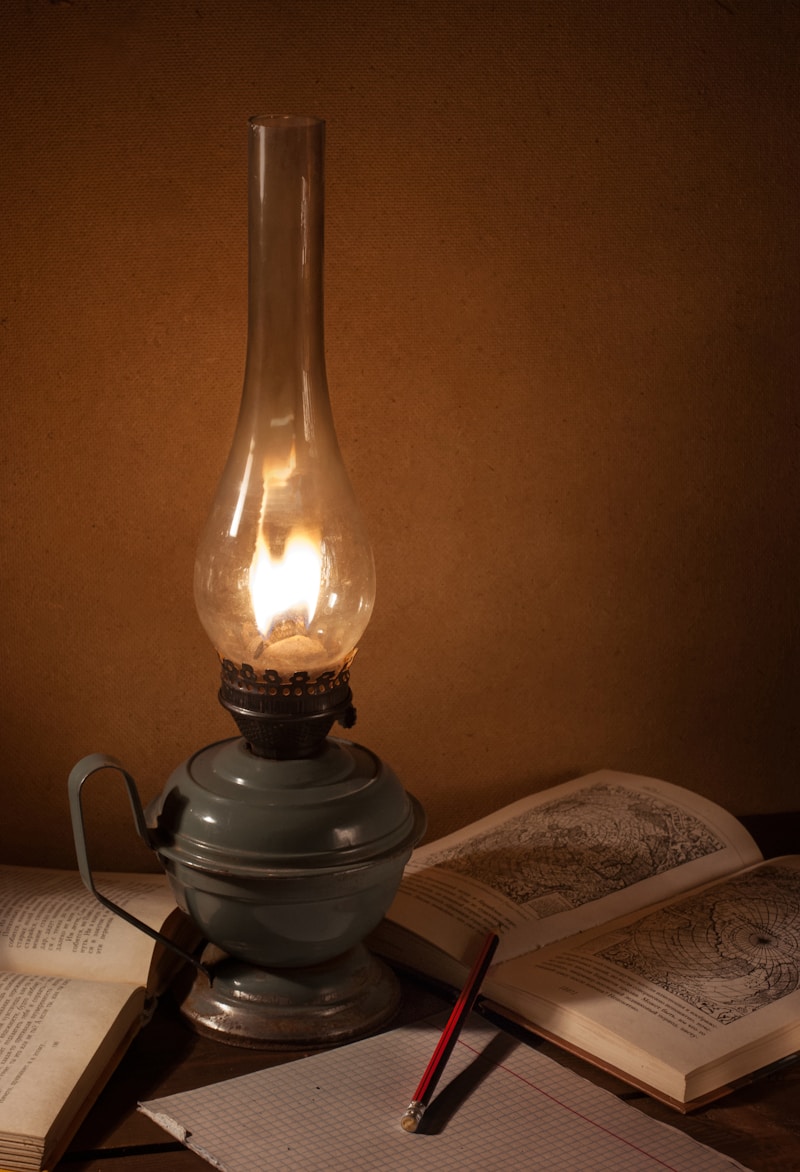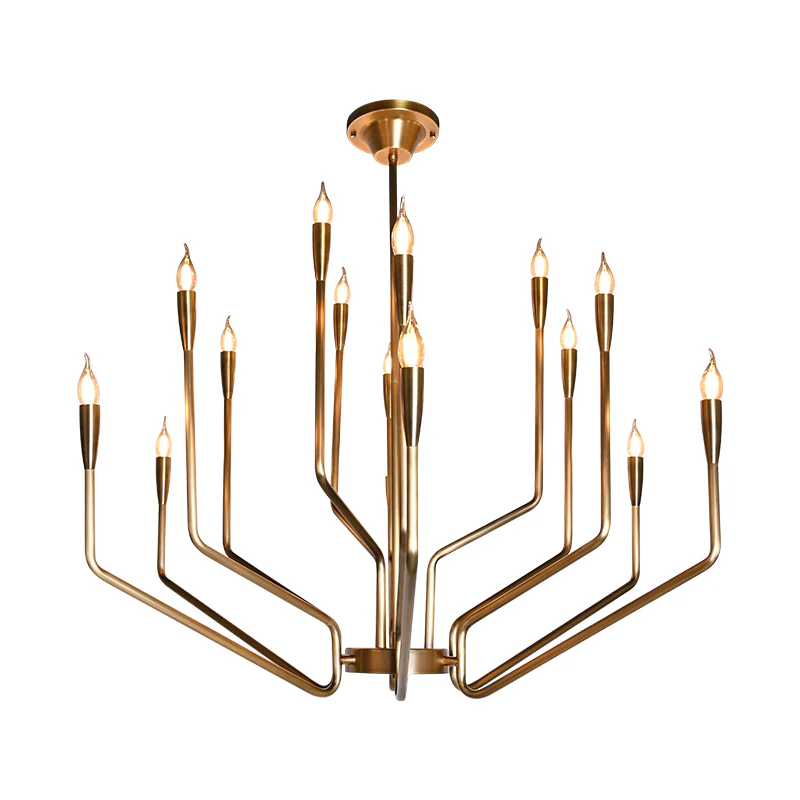Unlocking Harmony: Feng Shui Principles in Reading Light Placement
Unlocking Harmony: Feng Shui Principles in Reading Light Placement
Feng Shui, the ancient Chinese practice of spatial arrangement and orientation, seeks to cultivate a harmonious environment conducive to relaxation, productivity, and health. One essential aspect of Feng Shui is understanding the placement of lighting, particularly in reading spaces. The right light can significantly affect your mood, energy levels, and overall well-being. In this article, we delve into Feng Shui principles regarding Reading light placement, ensuring your reading nook is not only well-lit but also harmonious.
Understanding Feng Shui Basics
Before diving into specific light placement strategies, it's crucial to grasp the foundational concepts of Feng Shui. In essence, Feng Shui emphasizes the flow of "Chi" or life energy, which can be influenced by elements like light, color, and arrangement. Proper light placement can enhance Chi, fostering an environment that promotes focus and tranquility.
The Importance of Natural Light
One of the key principles in Feng Shui is maximizing natural light. Natural light not only brightens a space but also uplifts the mood and improves overall health. Here are some tips:
- Positioning: Place your reading area near windows to utilize sunlight during the day.
- Curtains: Use light, sheer curtains that allow for flexibility in light control while maintaining privacy.
| Advantages of Natural Light | Disadvantages of Natural Light |
| Boosts mood and energy | May cause glare if not managed |
| Enhances mental clarity | Exposure fluctuations with weather |
| Improves circadian rhythms | Limited availability at night |
Choosing the Right Artificial Lighting
When natural light is not available, artificial lighting becomes essential. Selecting the correct type of artificial light is critical for a comfortable reading experience:
- Warm Light: Opt for warm white light fixtures to create a cozy atmosphere without straining your eyes.
- Adjustable Lighting: Use adjusTable lamps that can be directed toward your reading materials.
- Layered Lighting: Incorporate multiple light sources, such as Floor lamps and Table lamps, to avoid harsh shadows.

Light Placement Strategies for Reading
The placement of your lighting fixtures is as vital as the type of lighting you choose. Here are some Feng Shui strategies for optimal Reading light placement:
1. Desk Lighting
For those who read or work at a desk, ensure your desk lamp is positioned on the left side if you are right-handed, and on the right side if you are left-handed. This promotes a natural flow of energy, allowing for easier focus and creativity.
2. Avoid Overhead Lighting
Harsh overhead lighting can create a frazzled environment. Instead, opt for Table lamps or wall sconces that provide softer, indirect light. This aligns with the Feng Shui principle of nurturing energy.
3. Use Mirrors Wisely
Mirrors can enhance light in a room, but their use must be strategic. Position Mirrors in a way that reflects natural light without creating confusing reflections or cluttered visuals.
Colors and Light Quality
Colors significantly affect light quality and the atmosphere of a reading space. The Feng Shui color palette balances elements, enhancing the quality of light:
- Warm Colors: Shades of yellow and beige are ideal for creating a warm, inviting reading environment.
- Cool Colors: Blues and greens can help promote relaxation but should be balanced with warm elements to avoid coldness.
When selecting light bulbs, consider those with a high Color Rendering Index (CRI) to ensure colors appear vibrant and true, creating a more engaging reading experience.
Positioning Furniture for Optimal Light Access
Feng Shui extends beyond lighting; furniture arrangement plays a vital role in enhancing light efficiency. Here’s how to arrange your furniture to achieve this:
- Bookshelves: Avoid blocking natural light with tall bookshelves. Keep them lower or use lighter shades to permit light flow.
- Seating: Position seats to face windows or light sources to encourage direct light access.
| Furniture Arrangement Tips | Impact on Light Flow |
| Keep pathways clear | Enhances Chi flow |
| Use low-profile furniture | Permits more light access |
| Position furniture for conversation | Encourages social energy |
Calculating the Best Hours for Reading
According to Feng Shui, timing is also important. The ideal reading hours coinciding with optimal light are typically early morning or late afternoon when the sun is softer. This timing nurtures the environment and allows for a calm reading experience.
Summary and Recommendations
In conclusion, integrating Feng Shui principles in Reading light placement involves a combination of maximizing natural light, selecting appropriate lighting fixtures, strategically arranging furniture, and considering color impact. By following these guidelines, you can create an inviting and harmonious reading space that nurtures your mind and spirit.
Recommendations: Regularly reassess your reading space to adapt light sources based on seasonal changes, and always ensure that your lighting aligns with your personal preferences and needs. Creating a well-lit environment can transform your reading habits into a more enjoyable and enriching experience.
Embrace the art of Feng Shui and let your reading space thrive with positive energy!
